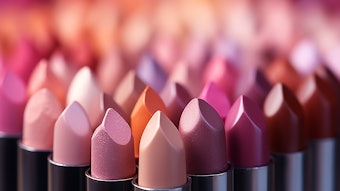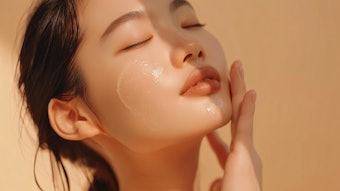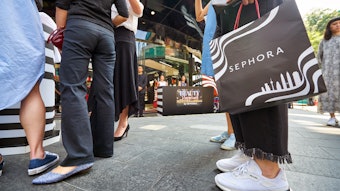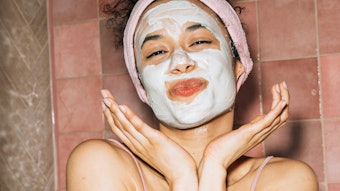The theory that CPG players should focus on primarily high- and low-end segments while deemphasizing mid-tier priced offerings is an ongoing concern for manufacturers that has been further exacerbated by the volatile economy and shrinking middle class. The price-tier polarization of CPG, however, doesn’t necessarily hold true across the board, especially when analyzing the beauty and personal care categories. In fact, the new norm of financial disparity brings with it a redefined middle class facing long-lasting financial challenges, and their decisions on how they spend their money and into which brands to invest are becoming more difficult in light of the increasing absence of mid-tier products. The latest SymphonyIRI Group Point of View, “In the Eye of the Beholder: High-Low Pricing Strategies are not Always Suitable for Beauty,” takes an up-close look at beauty pricing dynamics and how savvy marketers can take advantage of an opportunity to provide consumers with meaningful mid-tier product options.
“Even though the middle class has lost 7% of its buying power in the past 25 years, they still represent a substantial part of the population that wants to purchase mid-tier products,” says Victoria Gustafson, author of the Point of View and principal and team lead of strategic insights, SymphonyIRI. “Companies that disregard this still large and powerful section of the market, especially in beauty, are poised to miss a great portion of sales and broad opportunity today and into the future. This analysis points to certain beauty markets where high-low portfolio pricing strategy holds, but also highlights segments that are neglecting the middle market, which means losing overall.”
In order to best analyze the beauty industry and how this high-low portfolio pricing strategy fits—or doesn’t—into the diverse segments within it, SymphonyIRI established a methodology that dissected the hair care, hand and body lotion, body wash, and facial skin care categories. SymphonyIRI built price quartiles along several value dimensions. This analysis proves that while high-low portfolio pricing strategy certainly warrants merit in CPG, it is not an optimal strategy in the beauty and personal care industry, which is known for being innovative and destination driven.
Brand owners and retailers looking to tap into the opportunity the underserved mid-tier beauty market represents should consider the following factors:
- Pricing: Price is not the primary driver in most beauty segments and thus brand trumps price on most occasions, creating a unique opportunity for beauty manufacturers to better weather the storm caused by economic flux. Something as simple as smaller unit sizes, thus slightly lower prices, speaks to value- and brand-driven consumers, giving them the opportunity to stick with their brand, but buy smaller units or channel surf for the best deal.
- Brand loyalty: Consumers have shown a commitment to finding—and spending on—the right brand, the right product and the best performance for their needs, and wear their strong brand loyalty as a badge of honor. These highly personal consumables demand more thoughtful choices for consumers, who expect these products to contribute to their physical appearance and provide usage experiences that contribute to their emotional well-being. Further, consumers often feel their brands of choice represent them and their own philosophies, making these personal product brands a part of their identity.
- New product development and innovation: Consumers have shown time and time again that they will pay for high-performance products. By fostering innovation within brand portfolios, manufacturers can avoid price wars. Since brand trumps price in beauty, money spent on building brands and loyalty as defense against competitive brands and private label will be well-spent, indeed.
- Retail experience: The experience at retail also builds dimension to the entire beauty shopping experience, setting it apart from other less essential, less personal categories where consumers don’t have an emotional connection. Not only do beauty products create destination shopping, but an up-to-date, modern retail environment delivers a pleasant experience that will build loyalty and incremental sales. Consider reconfiguring stores to make the experience less typical, more boutiquelike and more contemporary.










